Our Song of The Week is ‘The Pretty Road’, by Maria Schneider. Here’s a teaser of the recording, from the CD “Sky Blue” (2007).
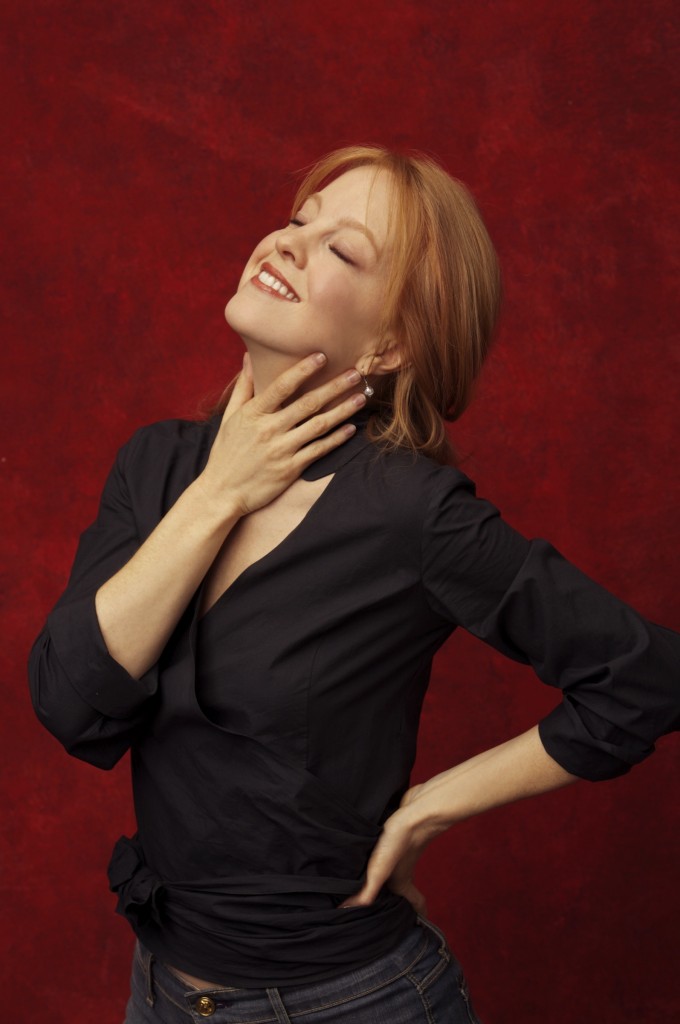 You can and should purchase this CD (and all her others) from her official Website or from ArtistShare or another vendor.
You can and should purchase this CD (and all her others) from her official Website or from ArtistShare or another vendor.
While you’re reading about Ms Schneider’s airborne music, you can listen to samples of it here, from her official Website.
Over the last four or five years, my musical tastes have become more eclectic, roaming far afield, exploring some rather arcane corners (Scandinavian Neo-Trad, Minimalism, Newgrass, a wide range of Brazilian styles, A Cappella Jazz), places where most boys weaned on Motown and The Four Seasons don’t go walking at night. But there have been four artists that I’ve encountered over the past five years who stand out in my mind as rising above the field, four artists who make worthwhile this constant, compulsive searching for interesting new music.
They are Kurt Elling (b. 1967) of Chicago, the best male jazz vocalist ever, period; Luciana Souza (b. 1966), a Brazilian singer, who turns to gold everything she touches; Esperanza Spalding (b. 1984), hailing from Portland, Oregon, a jazz-bassist/singer/composer prodigy; and Maria Schneider (b. 1960), a bandleader/composer of music residing somewhere between avant-garde jazz and modern classical, and the lady we’re button-popping proud to say a few words about in this week’s SoTW.
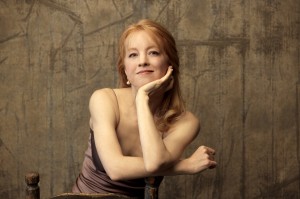 As I write these four names together for the first time, it occurs to me that they have much more in common than I’d previously noticed. Obviously, they all make (to my mind and ears) great, great, great music, otherwise we wouldn’t be talking about them. But they all happen to be great innovators.
As I write these four names together for the first time, it occurs to me that they have much more in common than I’d previously noticed. Obviously, they all make (to my mind and ears) great, great, great music, otherwise we wouldn’t be talking about them. But they all happen to be great innovators.
Not all great artists are innovators. There are plenty who are content to dig their own groove, conservative though it may be. Think of Bill Evans. Think of James Taylor and Joni Mitchell. No revolutions there. Heck, as far as I understand, JS Bach dealt almost exclusively with existing formats.
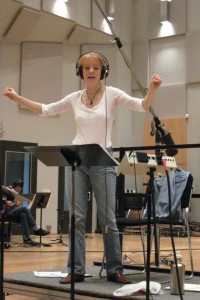 The least adventuresome of my four, generically speaking, is Mr Elling. He is ‘merely’ reinventing what a jazz singer can be, expanding the boundaries that have been observed since people like Louis Armstrong and Ella Fitzgerald invented jazz singing in the 1930s.
The least adventuresome of my four, generically speaking, is Mr Elling. He is ‘merely’ reinventing what a jazz singer can be, expanding the boundaries that have been observed since people like Louis Armstrong and Ella Fitzgerald invented jazz singing in the 1930s.
The other three, the ladies? What a remarkable three they are. Each one of them has invented an entirely new mindset, her own new genre. These are explorers on the level of Amelia Earhart and Pocahontas, aural aviatrices, creative artists on a par with—well, sorry, I’m not going to compare them to anyone. I’m not sure I could. They are fine, fine, fine artists, each of the three.
I’ve been writing SoTW for close to two years now, and I’m very much aware that I’ve shied away from these, the greatest artists I know of now at the height of their powers. (although I did dedicate a post to Esperanza Spalding; Kurt and Luciana, I promise I shall do my best to give you the unbounded credit you deserve). I guess I’m daunted, afraid I won’t be able to do them justice. Well, tough, Jeff, that’s why you’re here. And if there are some people out there who are serious about music and who read your ramblings and listen to your links, you’re damn lucky, and you have an obligation to tell them about an artist like Maria Schneider.
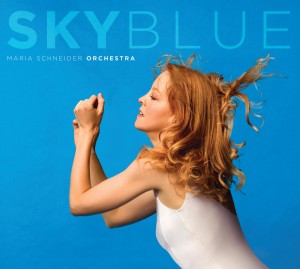 Well, sportsfans, there is this lady who hails from rural Minnesota and lives in New York. She studied under and worked with the great Gil Evans, whom we’ve discussed in SoTWs via his collaborations with Miles Davis in “Birth of the Cool” and “Sketches of Spain“, as well as his behind-the-scenes impact on the modal jazz of “Kind of Blue“.
Well, sportsfans, there is this lady who hails from rural Minnesota and lives in New York. She studied under and worked with the great Gil Evans, whom we’ve discussed in SoTWs via his collaborations with Miles Davis in “Birth of the Cool” and “Sketches of Spain“, as well as his behind-the-scenes impact on the modal jazz of “Kind of Blue“.
(Just to clarify things, if the name Maria Schneider is ringing some deja vu bell, it’s also the name of the French actress who played with Marlon Brando in “Last Tango in Paris”. For my money, Ms Schneider the composer holds a much more subtle and enticing sex appeal.)
To talk about Gil Evans and Maria Schneider, we need to explain what they’re not. And to do that, we need to define the term ‘Big Band’. The standard format for a Big Band is 17-pieces: five saxophones (most often two altos, two tenors, and one baritone), four trumpets, three or four trombones (often including one bass trombone) and a four-piece rhythm section (composed of drums, acoustic bass or electric bass, piano and guitar). The first incarnation of The Big Band was Swing, a melodic, ebullient dance-styled music which captured the world’s ears and feet from the mid-1930s till after WWII. The most famous Swing Bands were white, led by bandleaders such as Glenn Miller, Benny Goodman, Tommy and Jimmy Dorsey, with vocalists such as Frank Sinatra and Ella Fitzgerald. A number of black Big Bands were less dance hall, more jazz oriented, and continued working into the 1950s and even 1960s, most notably Count Basie and Duke Ellington.
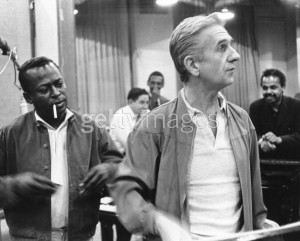 Gil Evans arranged for the Claude Thornhill big band during the 1940s, providing dreamy, slow, rich charts, as opposed to the swinging dance sound more prevalent among the white bands. Throughout the 1950s his best work was by, for and with Miles Davis. He was the musical spirit behind the Birth of the Cool grouping (his apartment was the meeting place for all the adherents). In fact, he’s often credited for being the spiritual father of Cool, an aesthetic that has dominated much of the arts for the last 60 years. He made three great collaborations with Miles (“Porgy and Bess“, “Sketches of Spain” and “Miles Ahead“, as well as one very much in the same vein under his own name, “Out of the Cool”. During the 1960s he made several very fine albums with smaller ensembles (10-piece), planned a collaboration with Jimi Hendrix till the latter ODed, and in the 1970s continued to explore the use of electric instruments within the context of his big band.
Gil Evans arranged for the Claude Thornhill big band during the 1940s, providing dreamy, slow, rich charts, as opposed to the swinging dance sound more prevalent among the white bands. Throughout the 1950s his best work was by, for and with Miles Davis. He was the musical spirit behind the Birth of the Cool grouping (his apartment was the meeting place for all the adherents). In fact, he’s often credited for being the spiritual father of Cool, an aesthetic that has dominated much of the arts for the last 60 years. He made three great collaborations with Miles (“Porgy and Bess“, “Sketches of Spain” and “Miles Ahead“, as well as one very much in the same vein under his own name, “Out of the Cool”. During the 1960s he made several very fine albums with smaller ensembles (10-piece), planned a collaboration with Jimi Hendrix till the latter ODed, and in the 1970s continued to explore the use of electric instruments within the context of his big band.
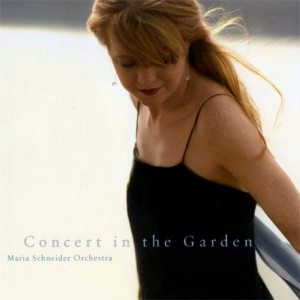 Maria Schneider is very much Gil Evans’ pupil. She worked on a number of projects with him as his assistant, and very much carries his mantle stylistically. The ‘sound’ of the two is very close–dreamy, floating, cloudy, rich, infinitely intricate.
Maria Schneider is very much Gil Evans’ pupil. She worked on a number of projects with him as his assistant, and very much carries his mantle stylistically. The ‘sound’ of the two is very close–dreamy, floating, cloudy, rich, infinitely intricate.
But Ms Schneider has gone so much further. Evans was primarily a promulgator of an aesthetic. His major achievements were brought to fruition in collaboration with Miles, and indirectly on generations of artists from all fields. Maria Schneider has opened up entirely new vistas. There are a number of contemporary big bands working today. It’s a genre I’m quite fond of, large-palette, orchestrated jazz, and there are some fine artists working in this medium. But none has reached the breadth of context or the heights of musical achievements that Ms Schneider has. No one in the jazz or contemporary classical media has found such a relevant, thoroughly contemporary mode for expressing such a large, ambitious vision. This is the big-time, folks.
Maria Schneider recorded six full CDs from 1992-2007 (where’s a new one?), despite all the financial and logistic difficulties of maintaining a large ensemble. Her band, by the way, has remained remarkably stable. It is said that the members don’t just play her music–they would take a bullet for her.
Her last two albums have been released via ArtistShare, where musicians finance their projects outside the traditional recording industry via “fan-funding,” with supporters directly contributing to the project invited in to follow the creative process (how far depending on the level of contribution–give enough, you’re even invited to the recording session).
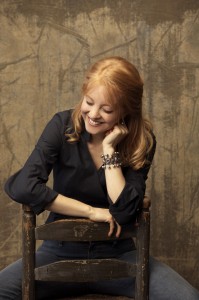 Maria Schneider is managing reasonably well financially in this way, artistically even better. In 2005, her “Concert in the Garden” became the first album to win a Grammy without being available in retail stores. She’s been nominated for and won many more since. The critics adore her, as do the lucky fans who’ve discovered her.
Maria Schneider is managing reasonably well financially in this way, artistically even better. In 2005, her “Concert in the Garden” became the first album to win a Grammy without being available in retail stores. She’s been nominated for and won many more since. The critics adore her, as do the lucky fans who’ve discovered her.
But we’re neglecting the music. It’s been called “evocative, majestic, magical, heart-stoppingly gorgeous.” It defies genre-categorization. In format, it’s standard Big Band, but the music exhibits a symphonic palette, broad and complex and rich and intriguing. Her compositions are often compared to those of Mahler and Copland. They’re ephemeral, transcendental and melodic, often simultaneously. Not impressionistic, but carefully thought out and planned and considered. Incorporating the vast, open, airy Minnesota landscape where she was raised. Thoroughly modern, thoroughly American, thoroughly personal. She’s even been called Nabokovian! A brainy romantic, passionate, an aural aviatrix.
 Her music is a wonder to me. Take for example her sense of pulse. Often there’s a drum playing straightforward rhythmic riffs. But there’s never a beat. You’ll never tap your foot. Your soul will soar with the music, not bounce around the dance floor. I don’t know how she does it. The drums don’t provide a beat, they provide a pulse. They propel it without anchoring to the ground. The music moves, but it floats. Can you dance to the wind propelling a cloud?
Her music is a wonder to me. Take for example her sense of pulse. Often there’s a drum playing straightforward rhythmic riffs. But there’s never a beat. You’ll never tap your foot. Your soul will soar with the music, not bounce around the dance floor. I don’t know how she does it. The drums don’t provide a beat, they provide a pulse. They propel it without anchoring to the ground. The music moves, but it floats. Can you dance to the wind propelling a cloud?
Here is a segment of a beautiful composition in a remarkable ArtistShare collaboration, “Vertical Voices“, in which two vocalists, Julia Dollison and Kerry Marsh, perform most of the parts of Ms Schneider’s scores vocally, accompanied by the rhythm section from the original band.
Here’s Ms Schneider describing the project. This is groundbreaking stuff. And it’s beautiful. But still, the original, for my money, is the sublimely exquisite music.
And here’s a glorious clip of her conducting her orchestra in 2007:
[youtube]https://www.youtube.com/watch?v=ZXlaXbI0Eqg[/youtube]
Maria Schneider’s music may be deceptively light at first. It’s very easy on the ear. It’s beautiful and gentle on the ear. But I’ve been listening to it for several years now, a lot. And I’ve yet to plumb its depths. I listen to it over and over, always discovering new nuances and colorings and shadings. I never tire of it, and it never fails to make me feel as though I’ve been airborne.
In addition to her exceptional talents, Maria Schneider also seems to be a charming person. Here she is talking about her CD “Sky Blue“. And here’s a fascinating interview about her creative process.
Maria Schneider is a passionate bird-watcher. She often incorporates bird songs in her compositions. If you ask me, there are many birds who could learn a lot from her about how to fly.
If you liked this post, you may also enjoy:
SoTW 020: Esperanza Spalding, ‘I Know You Know’
SoTW 035: Miles Davis, ‘Boplicity’ (“Birth of the Cool”)
SoTW 041: Miles Davis, ‘It Never Entered My Mind’


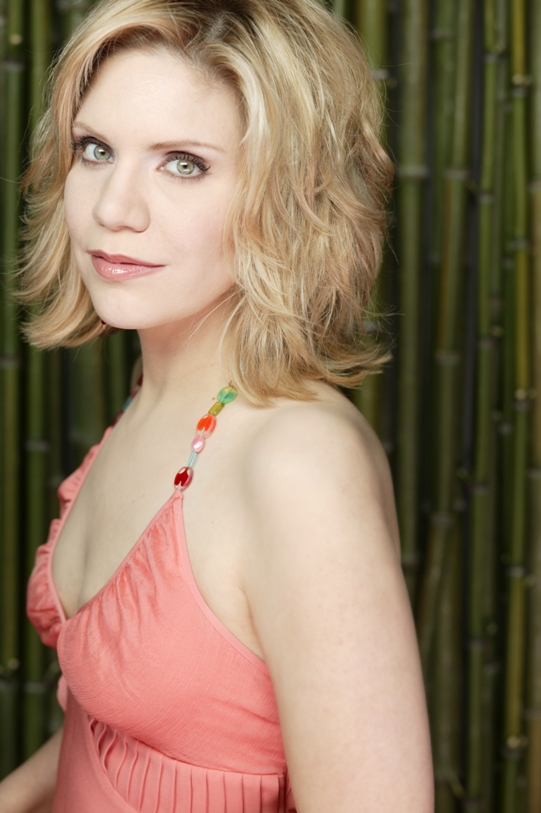
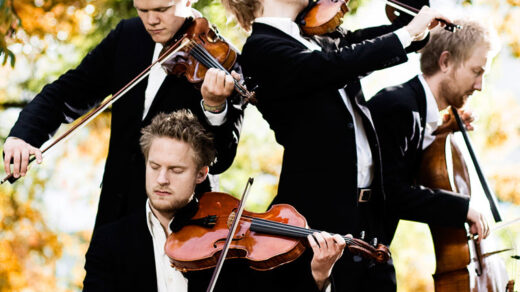

Jeffos, what a nice introduction to this artist you’ve talked so much about. She is very gentle, kind, only a great soul can do this type of work. I have been this week to a live performance of two Israeli geniuses: Omri Mor and Eli Degibri. Their music is strong, extravagant, incredible – and Eli referred to “musical education” as “being out there”, incorporating your daily feelings and mood into your playing and into your compositions. BTW, Eli has been doing extensive musical+educational projects in high schools in Israel, bringing children into the realm of instrumental expression.
When you see and feel the love around you while “out there”, well, you become Maria Schneider. Wish she’d come to visit our small land.
If you’ve had the singular experience of standing in a Minnesota corn field early in the morning, it’s impossible not to hear the sun, blue sky and smell the earth in this music. The whole sound has a burnished quality that’s warm and personal.
It’s easy to get immersed in it. Thank you for sharing Maria Schneider’s world.